UniFi Device Bridge: Wireless PoE for Easy Setup
Complete guide to the UniFi Device Bridge (UDB) for wireless PoE connectivity. Features, specifications, use cases, and installation tips for cameras, VoIP phones, and IoT devices.

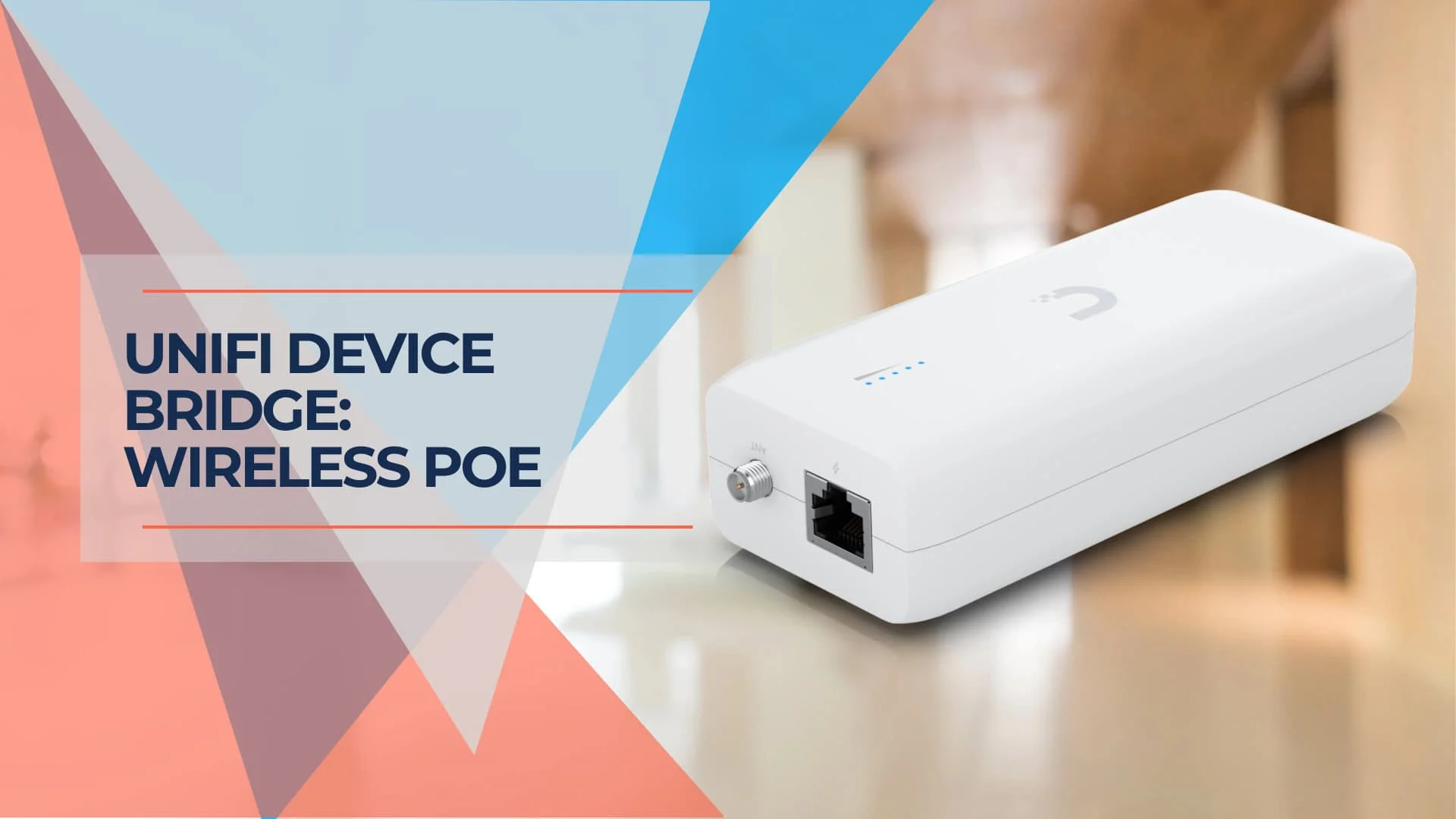
Power over Ethernet (PoE) technology simplifies device installations by delivering both power and data over a single cable. However, running Ethernet cables isn't always feasible. The UniFi Device Bridge (UDB) offers a practical solution by providing wireless PoE connectivity. This allows businesses and homeowners to place PoE devices strategically without physical wiring constraints.
Key Takeaways
| Feature | Benefit |
|---|---|
| Wireless PoE | Eliminate Ethernet cables and enjoy flexible device placement |
| Easy Setup | Quickly connect and power UniFi devices with minimal configuration |
| Cost-Effective | Reduce cabling costs and save on network infrastructure expenses |
| Versatile Applications | Ideal for security cameras, VoIP phones, IoT devices, and more |
| Reliable Performance | Enjoy stable wireless connectivity and consistent power delivery |
Affiliate Disclosure: This article contains affiliate links. If you make a purchase through these links, we may earn a small commission at no extra cost to you.
What is the UniFi Device Bridge (UDB)?
The UniFi Device Bridge (UDB) is essentially a wireless PoE injector. It combines a PoE adapter's functionality with Wi-Fi connectivity's convenience. This compact device lets you power and connect PoE-enabled devices without a wired Ethernet connection. Imagine it as a bridge that extends your existing Wi-Fi network to provide power and data to devices in locations where running cables is inconvenient or impractical.
Introducing: UniFi Device Bridging
Key Features of the UDB
-
Wireless Power Delivery: The UDB provides up to 15 watts of power to PoE devices through its single Gigabit Ethernet port. This is sufficient for many common devices, such as security cameras and VoIP phones.
-
High-Speed Wireless Connection: Operating on the 5 GHz band, the UDB supports 802.11ac Wave 2 Wi-Fi for fast and reliable data transmission. It can achieve speeds up to 867 Mbps, ensuring smooth performance for connected devices.
-
Integrated Antenna: The UDB features an integrated antenna for wireless connectivity. This design contributes to its compact size and ease of installation.
-
Broad Compatibility: The UDB is compatible with a wide range of UniFi PoE devices, including UniFi Protect cameras, UniFi Talk phones, and other IoT devices.
The UDB is designed to seamlessly integrate with your existing UniFi network. Like any other UniFi device, you can easily manage and monitor it through the UniFi Network application.
Why Choose the UniFi Device Bridge?
The UniFi Device Bridge offers several compelling benefits that make it a valuable addition to both home and business networks.
Convenient Wireless PoE
The UDB's most significant advantage is its ability to deliver PoE wirelessly. This eliminates the need to run Ethernet cables to every PoE device, offering greater flexibility in device placement. You can easily install PoE devices with only a power outlet, such as ceilings, walls, or outdoor areas.
Cost-Effective Solution
Running Ethernet cables can be expensive, especially for long distances or in challenging environments. The UDB can be a more cost-effective solution, especially when multiple devices need to be deployed. By reducing cabling costs, the UDB can help you save money on your network infrastructure.
Simplified Installation
Setting up the UDB is a breeze. Simply plug it into a power outlet, connect your PoE device, and adopt it into your UniFi network using the UniFi Network application. This streamlined process eliminates the complexities of traditional PoE installations, saving you time and effort.
Enhanced Flexibility
The UDB empowers you to place PoE devices exactly where you need them without being restricted by cable runs. This is particularly beneficial for security cameras, allowing you to achieve optimal coverage without compromising aesthetics or convenience.
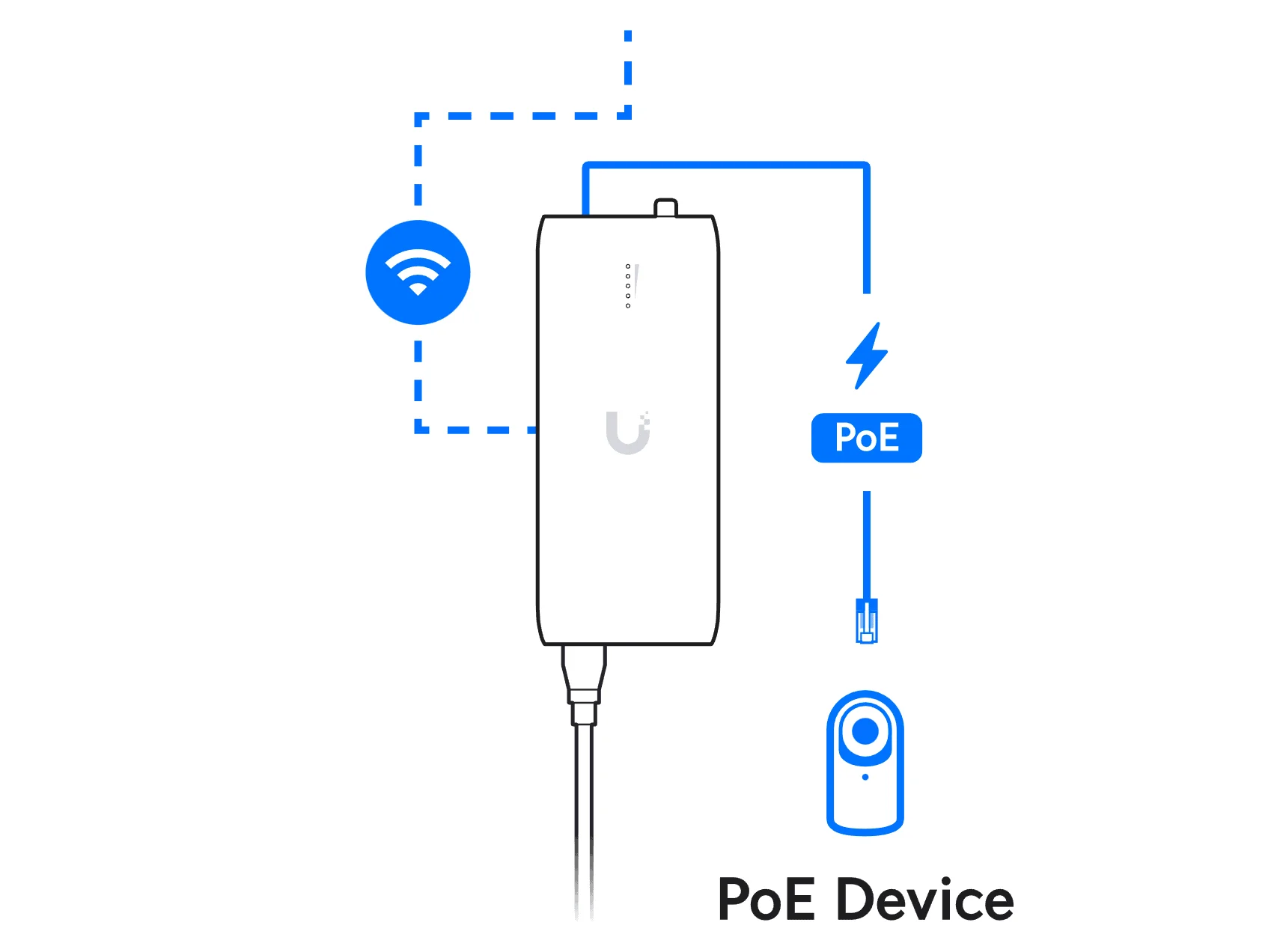
Technical Specifications and Limitations
Before making a decision, it's important to understand the technical specifications and limitations of the UDB.
Key Specifications
| Specification | Value |
|---|---|
| Wireless Standard | 802.11ac Wave 2 |
| PoE Output Power | 15 watts |
| Ethernet Port Speed | 1 Gigabit |
| Antenna Type | Integrated |
| Power Supply | PoE Passthrough 44-57V DC, 0.3A |
Limitations
-
Limited PoE power: The UDB can only provide up to 15 watts of power, which may not be sufficient for all PoE devices. It's essential to check your devices' power requirements before using them with the UDB.
-
Wireless range: The UDB's wireless range may vary depending on environmental factors. It's best to place the UDB in a central location to ensure good coverage throughout your network.
Common Use Cases
The UniFi Device Bridge offers flexibility and convenience in various scenarios:
-
Home security systems: Deploy multiple PoE cameras throughout your home to enhance security and surveillance.
-
Remote office setups: Power and connect VoIP phones and other devices in remote offices without extensive cabling.
-
Building automation systems: Integrate PoE-enabled sensors and controllers for smart home or building automation solutions.
-
Retail and hospitality: Provide wireless power and data to point-of-sale systems, digital signage, and other devices in retail and hospitality environments.
-
Outdoor installations: Power and connect weatherproof PoE devices like access points and cameras in outdoor areas.
These are just a few examples of how the UDB can streamline and enhance your network infrastructure. Its versatility makes it a valuable tool for a wide range of applications.
Performance and Reliability
The UniFi Device Bridge offers excellent performance and reliability, ensuring seamless wireless PoE connectivity.
Wireless Performance
The UDB operates on the 5 GHz band, providing fast and reliable data transmission. It can achieve speeds up to 867 Mbps, ensuring smooth performance for connected devices. However, the actual throughput will depend on various factors, such as environmental conditions and distance from the UDB.
PoE Power Delivery
The UDB can deliver up to 15 watts of PoE power, sufficient for many common devices. However, it's essential to check your devices' power requirements to ensure they are compatible with the UDB. If your device requires more power, you may consider alternative solutions.
Reliability
The UDB is built with high-quality components and is designed to withstand harsh environmental conditions. It offers reliable performance even in challenging environments, making it suitable for both indoor and outdoor installations.
Real-World Performance
Many users have reported positive experiences with the UniFi Device Bridge. They praise its ease of use, reliable performance, and robust wireless connectivity. While some users have reported minor issues, such as occasional connectivity drops, these are generally isolated incidents and do not detract from the overall performance and reliability of the UDB.
Troubleshooting Tips
If you encounter any issues with the UDB, here are a few troubleshooting tips:
-
Check for power: Ensure the UDB is plugged into a working power outlet and the connected device is powered on.
-
Restart the UDB: If the UDB is not responding, try restarting it.
-
Verify the wireless connection: Make sure the UDB is within range of your Wi-Fi access point and that the connection is stable.
-
Update firmware: Keep your UDB firmware current to ensure optimal performance and stability.
Refer to the UniFi documentation or support resources for more detailed troubleshooting instructions.
Conclusion
Final Verdict
The UniFi Device Bridge is a versatile and reliable solution for wireless PoE connectivity. It offers a convenient and cost-effective way to power and connect PoE devices without physical ethernet cables. With its user-friendly interface, robust performance, and broad compatibility, the UDB is a valuable addition to any network infrastructure.
Whether you're a home user looking to simplify your security system or a business owner seeking to streamline your network deployments, the UniFi Device Bridge offers a reliable and efficient solution.
Need Help with Your UniFi Network?
Setting up and managing a UniFi network, especially with devices like the UDB, can sometimes require expert assistance. If you're in Miami and need help with your UniFi network, consider contacting iFeelTech. We offer a range of services, including:
- UniFi consultations: Get expert advice on designing and optimizing your UniFi network
- UniFi installations: Have your UniFi devices professionally installed and configured
- UniFi support: Get ongoing support for your UniFi network
Our team of experienced UniFi professionals can help you get the most out of your network.
Related Articles
More from UniFi Networks
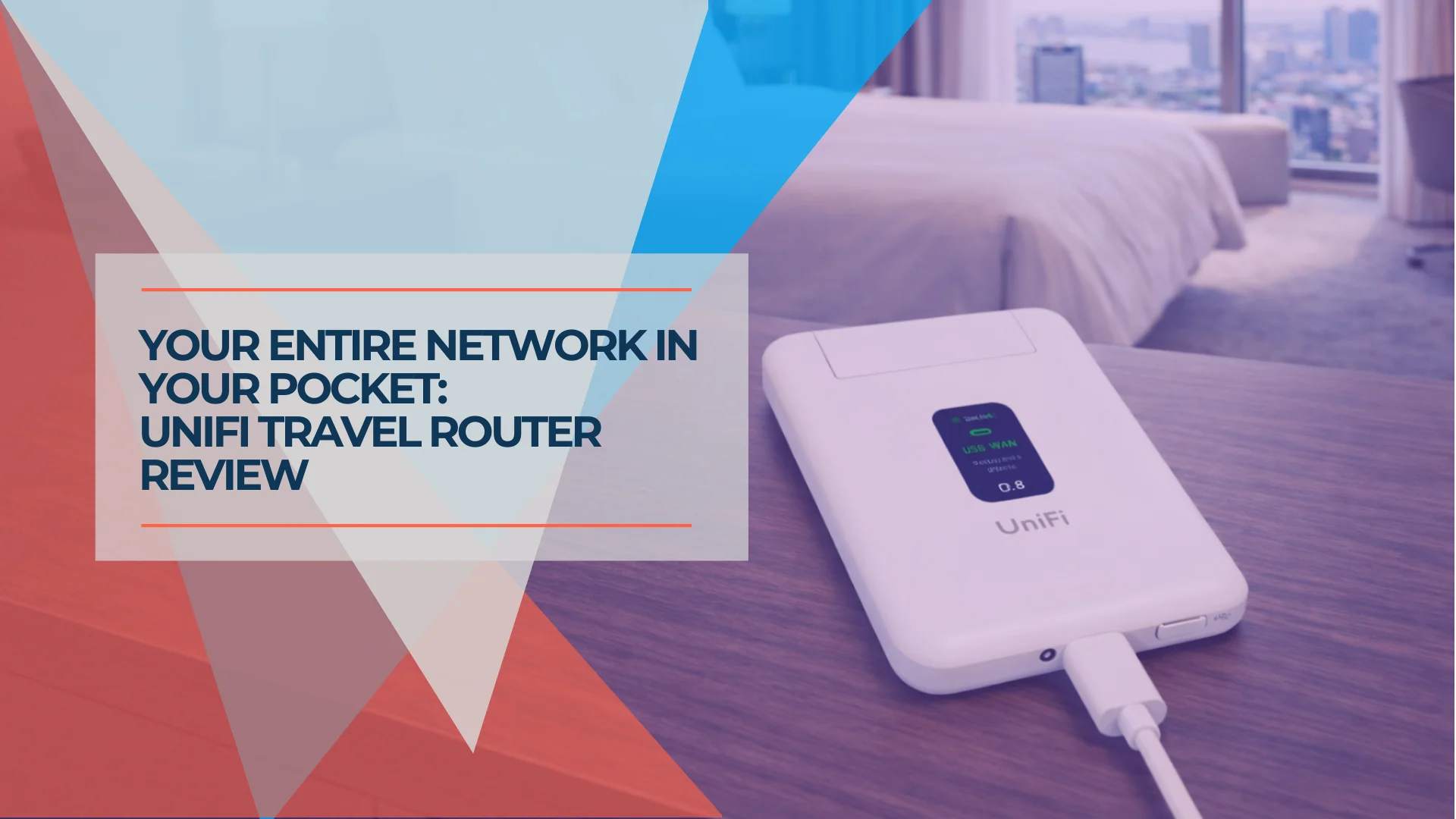
UniFi Travel Router Review: Purpose-Built Portable Networking for Teams on the Move
In-depth UniFi Travel Router review with real-world field deployment focus. Covers Teleport VPN, camera integration, power bank compatibility, and when to choose the UTR vs Express 7.
23 min read
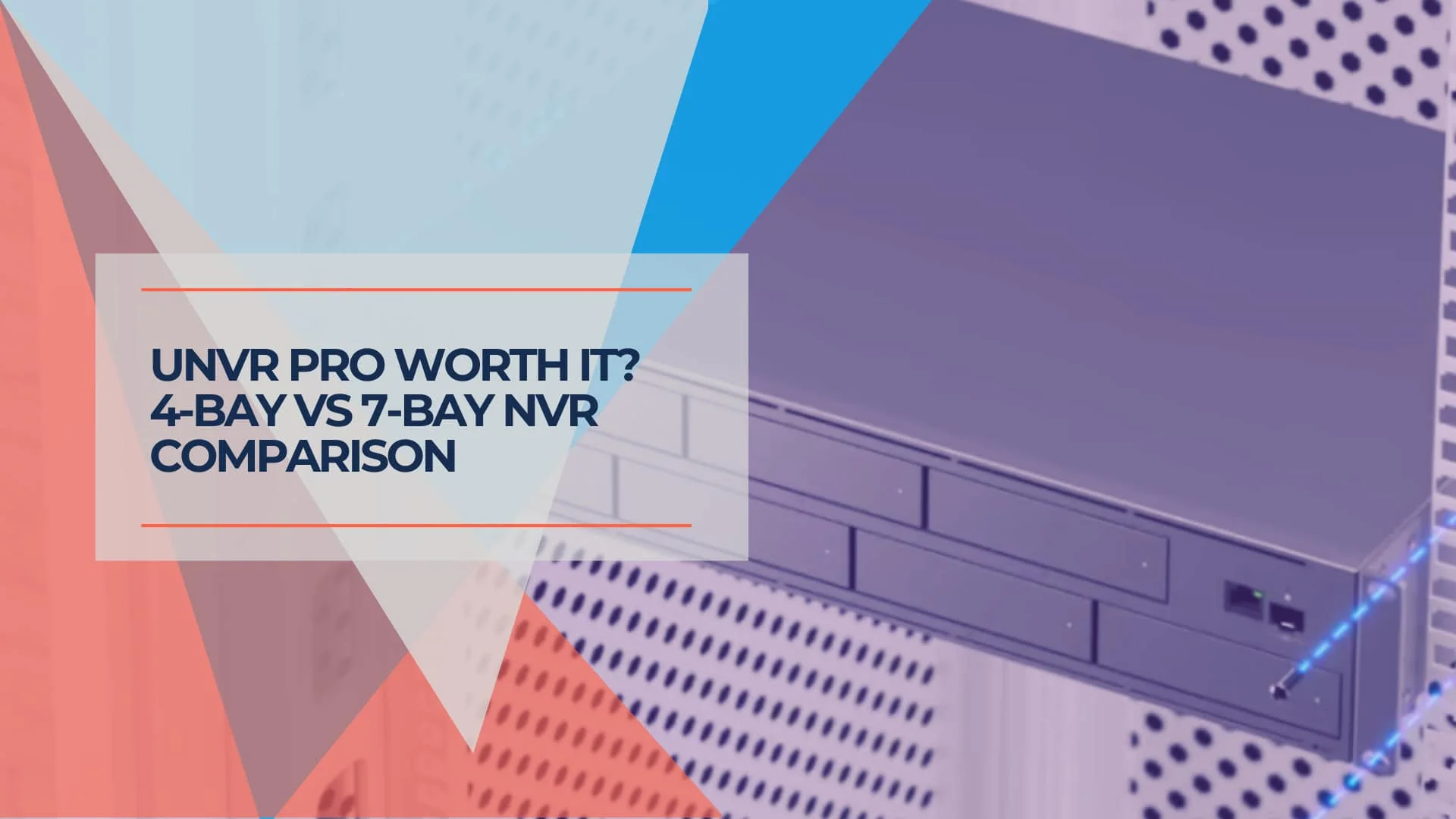
UNVR vs UNVR Pro: Which UniFi NVR Should You Choose?
Complete comparison of UniFi UNVR vs UNVR Pro network video recorders. Compare specifications, storage capacity, RAID options, and total cost of ownership to choose the right NVR for your surveillance system.
11 min read
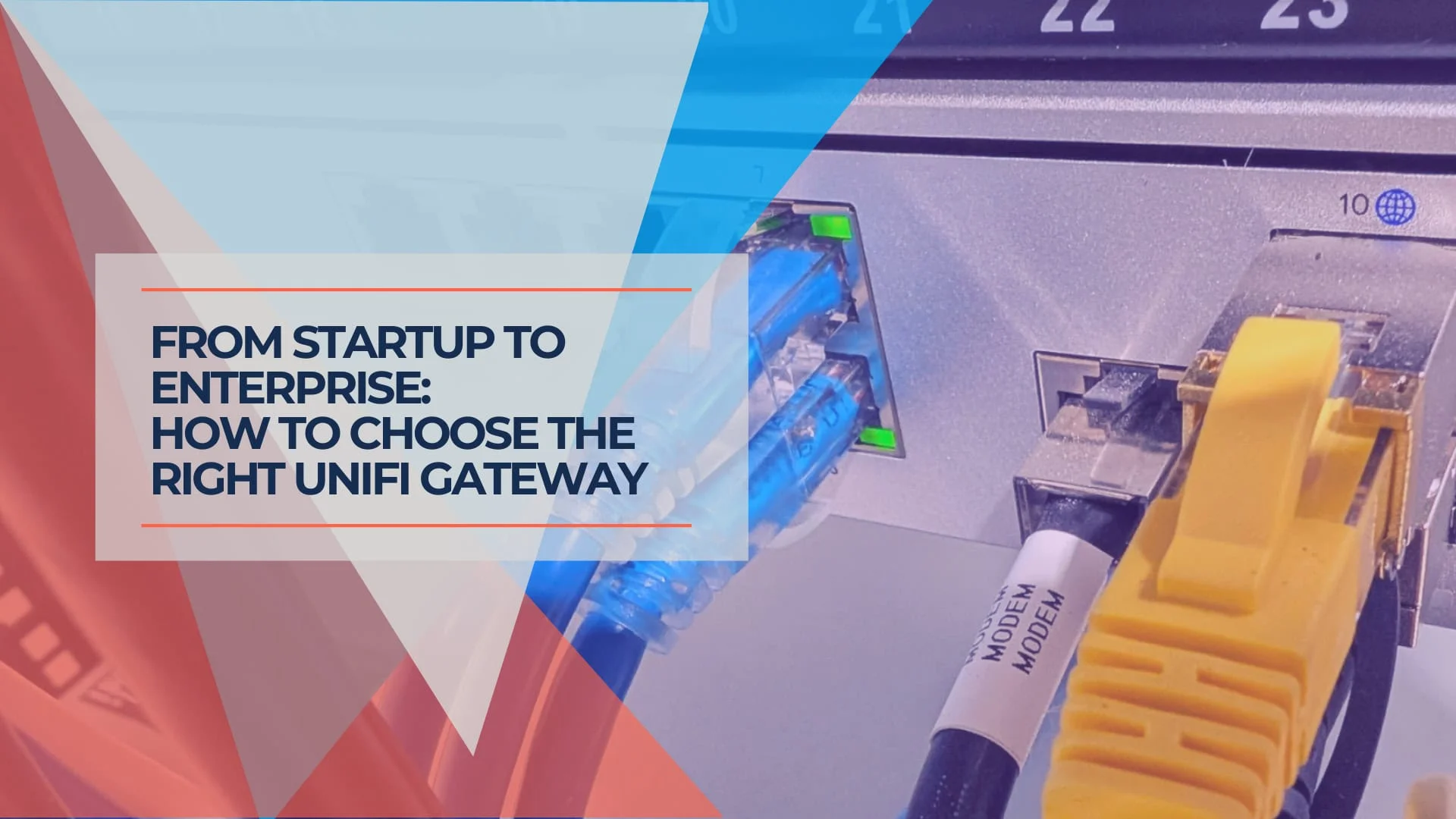
UniFi Gateway Selection Guide 2026: When You Need More Than Cloud Gateway Ultra
Complete UniFi gateway comparison from Cloud Gateway Ultra ($129) to Enterprise Fortress Gateway ($1,999). Learn exact thresholds for device count, throughput, and storage needs.
23 min read
